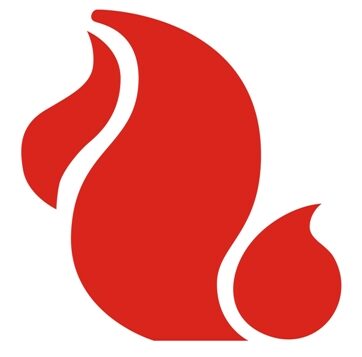Outdoors saturation – greatest measured than determined
Ensuring sufficient fresh air delivery so you can tissues is a prime objective of acute/vital healthcare. There is no routinely available method for really overseeing muscle oxygenation; alternatively physicians must rely on offered indirect steps.
Although not the only factor to be considered, measurement of the amount of oxygen (Odos) in blood is vital for the prediction of a patient’s tissue oxygen status. Blood oxygenation is most commonly assessed non-invasively by pulse oximetry. This allows convenient and safe continuous monitoring of oxygen saturation in peripheral (capillary) blood (SpO2), but it has limitations.
Arterial blood gas analysis, the focus of this article, provides a fuller and more accurate ”gold standard” assessment of blood oxygenation status. It allows generation, not only of oxygen saturation (in arterial blood) sO2(a), but a number of further oxygen-related parameters, including the partial pressure of oxygen in arterial blood, pO2(a) and the total oxygen concentration of arterial blood, ctO2(a).
Depending on the blood gas analyzer used, arterial oxygen saturation (sO2(a)) is measured directly by CO-oximetry, or calculated from measured pO2(a).
There is expert consensus that it is preferable to measure sO2(a) rather than calculate it, and the main purpose of this article is to discuss the basis for this consensus, and highlight the inherent inaccuracy of calculated (estimated) sO2(a), most particularly among the critically ill.
